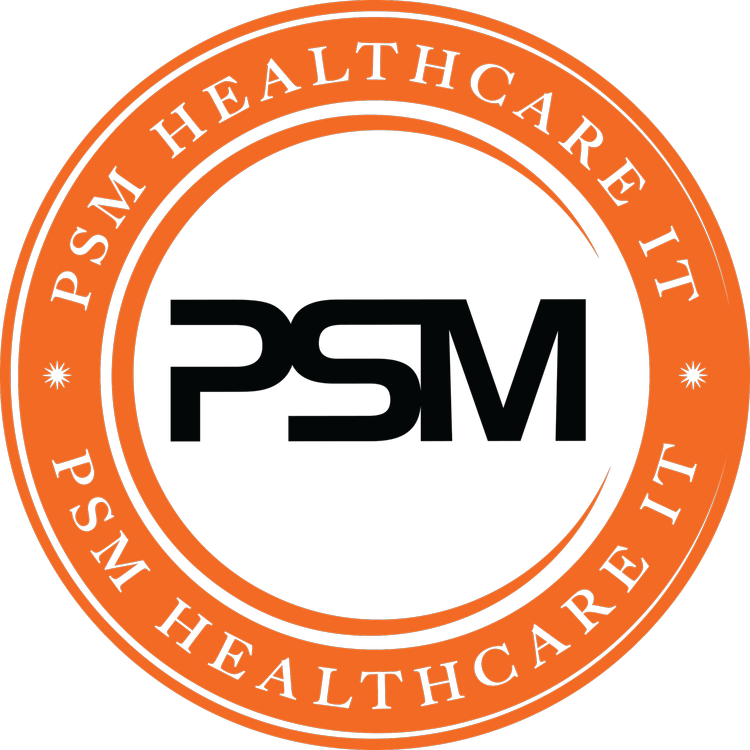-
-
Is conducting regular risk assessments necessary for healthcare IT compliance?
-
How can encryption measures benefit healthcare organizations in HIPAA compliance?
-
Why is staff training on HIPAA compliance important for healthcare IT security?
-
What role does monitoring access controls play in maintaining healthcare IT security?
-
Why should healthcare organizations establish an incident response plan for data breaches?
-
In the realm of healthcare IT, navigating HIPAA compliance and risk assessment is paramount. From safeguarding sensitive patient data to mitigating potential threats, staying abreast of these elements is non-negotiable in the healthcare landscape. To excel in this domain, understanding the intricacies and best practices is key.
In this listicle, we delve into the core aspects of healthcare IT, demystify HIPAA compliance requirements, and shed light on effective risk assessment strategies. Whether you’re a seasoned professional or new to the field, this compilation offers valuable insights to enhance your knowledge and elevate your approach towards ensuring data security and regulatory adherence. Scroll down for reviews of our top picks and unlock the secrets to mastering healthcare IT compliance!
Key Takeaways
-
Conduct regular risk assessments to identify vulnerabilities and address them proactively.
-
Implement encryption measures to safeguard electronic health records and protect sensitive patient information.
-
Train staff on HIPAA compliance regularly to ensure understanding of regulations and best practices.
-
Secure electronic health records through access controls, authentication mechanisms, and data encryption.
-
Monitor access controls continuously to prevent unauthorized access to patient data.
-
Establish an incident response plan to effectively manage and mitigate data breaches or security incidents.
1. Conduct Regular Risk Assessments

Regular risk assessments are crucial in maintaining HIPAA compliance and ensuring the security of sensitive healthcare data. By conducting thorough risk assessments at scheduled intervals, healthcare organizations can proactively identify and address potential vulnerabilities, ultimately reducing the risk of data breaches and non-compliance penalties.
Involving all relevant stakeholders in the risk assessment process is essential to gain a comprehensive understanding of the organization’s risk landscape. This collaborative approach allows for a holistic view of security risk management, leading to more effective risk mitigation strategies and the development of a robust risk management plan.
Documenting findings and action plans resulting from each risk assessment is key to tracking progress and demonstrating continuous improvement in risk management practices. By documenting quantitative assessments of identified risks, organizations can prioritize areas that require immediate attention and allocate resources efficiently to address residual risks.
Regular security risk assessments not only help in identifying vulnerabilities but also aid in evaluating the effectiveness of existing security measures. By conducting assessments periodically, organizations can stay ahead of evolving threats and ensure that their risk management program remains adaptive and resilient.
2. Implement Encryption Measures
Implementing encryption measures is a crucial step in ensuring data protection and confidentiality of Protected Health Information (PHI). By encrypting data at rest and in transit, organizations can mitigate the risk of unauthorized access.
-
Data Protection Measures: Encryption serves as a key technical safeguard to secure sensitive information from potential breaches.
-
Regular Updates: It is essential to regularly update encryption protocols to align with evolving industry standards and best practices, enhancing the overall information security posture.
-
Staff Education: Educating staff on the importance of encryption plays a vital role in fostering a culture of security awareness within the organization.
By implementing robust encryption measures, healthcare entities can strengthen their security measures and reduce the likelihood of data breaches. Encryption not only protects PHI but also demonstrates compliance with HIPAA regulations regarding safeguarding patient information.
Incorporating encryption as part of an organization’s risk assessment strategy is a proactive approach towards safeguarding sensitive data. With the increasing sophistication of cyber threats, encryption stands as a fundamental defense mechanism against potential vulnerabilities.
Embracing encryption as a foundational element in the overall confidentiality framework showcases a commitment to maintaining the privacy and integrity of patient information.
3. Train Staff on HIPAA Compliance
Training staff on HIPAA compliance is crucial to ensure the protection of patient information and avoid HIPAA violations. Here are some key points to consider when implementing a training program:
-
Develop a Comprehensive Training Program: Create a structured training program that covers all aspects of HIPAA regulations and compliance, including the HIPAA privacy rule, breach notification rule, and security risk analysis.
-
Regular Refresher Courses: Conduct regular refresher courses to keep staff updated on any changes or updates in HIPAA laws. This ensures that employees are aware of the latest requirements and guidelines.
-
Assess Understanding: Assess staff understanding through quizzes or practical scenarios to ensure that they have grasped the concepts effectively. This helps in identifying any gaps in knowledge and allows for targeted training where needed.
Training staff on HIPAA compliance not only reduces the risk of HIPAA breaches but also instills a culture of privacy and security within the organization. By investing in comprehensive training programs and regular updates, healthcare facilities can mitigate the chances of HIPAA failures and protect patient information effectively.
4. Secure Electronic Health Records
Implementing strong access controls to electronic health records (EHR) is crucial to safeguard electronic protected health information (ePHI). By limiting access to authorized personnel only, the risk of unauthorized disclosure or tampering with protected health information (PHI) is significantly reduced.
Regularly reviewing and updating security settings on EHR systems is essential in addressing emerging threats in the healthcare IT landscape. This proactive approach ensures that vulnerabilities are promptly identified and mitigated, enhancing the overall security posture of the organization’s sensitive health information.
Multi-factor authentication adds an extra layer of security by requiring multiple forms of verification before granting access to EHRs. This significantly reduces the risk of unauthorized access even if login credentials are compromised, providing an additional level of protection for patient privacy and health information.
-
Strong access controls: Limit viewing and editing privileges for PHI.
-
Regular security setting updates: Address emerging threats promptly.
-
Multi-factor authentication: Enhance security for accessing EHRs.
5. Monitor Access Controls
Access controls play a crucial role in safeguarding sensitive information within healthcare IT systems. By monitoring access controls, organizations can ensure privacy and security of patient data effectively.
-
Continuously track user access to detect any unauthorized attempts.
-
Review access logs regularly to identify unusual patterns or potential security breaches.
-
Adjust access permissions promptly based on role changes or employee departures.
Regular monitoring of access controls not only helps in maintaining privacy, but also mitigates the risks associated with unauthorized access to confidential patient information. By promptly adjusting access permissions, organizations can prevent potential security breaches and ensure compliance with HIPAA regulations.
Efficient monitoring of access controls allows healthcare institutions to uphold the integrity of their data systems and protect patient confidentiality. It enables swift response to any suspicious activities, reducing the likelihood of data breaches and ensuring a secure environment for sensitive information.
6. Establish Incident Response Plan
Establishing an incident response plan is crucial in ensuring a prompt and effective response in the event of a data breach. Here are key steps to consider:
-
Develop a Comprehensive Plan: Create a detailed incident response plan that clearly outlines the actions to be taken in case of a security incident. This plan should cover identification, containment, eradication, recovery, and lessons learned.
-
Designate a Response Team: Assign roles and responsibilities within a dedicated response team. This team should be well-trained and ready to act swiftly in the face of a breach, ensuring a coordinated and efficient response.
-
Conduct Drills: Regularly conduct drills and simulations to test the effectiveness of the incident response plan. These exercises help identify gaps, refine procedures, and ensure all team members are prepared to handle various scenarios.
-
Communicate with Stakeholders: Establish protocols for communicating with stakeholders, including employees, customers, regulators, and the public. Transparent and timely communication is essential in maintaining trust and managing the aftermath of a breach.
7. Ensure Business Associate Agreements
When it comes to HIPAA compliance, ensuring robust Business Associate Agreements (BAAs) is crucial. These agreements outline the responsibilities of business associates in handling Protected Health Information (PHI), helping to maintain data security and privacy.
Key Points:
-
Draft detailed BAAs that clearly define how PHI will be handled, stored, and protected by business associates.
-
Regularly review and update BAAs to align with any changes in services or regulations, ensuring ongoing compliance with HIPAA requirements.
-
Prioritize verifying that all business associates meet HIPAA standards before sharing any PHI to mitigate risks of non-compliance.
By emphasizing the importance of BAAs, organizations in the healthcare industry can establish a strong foundation for HIPAA compliance. These agreements serve as a critical control measure in safeguarding sensitive patient information and maintaining trust within the healthcare ecosystem.
Taking proactive steps to set up comprehensive BAAs not only demonstrates a commitment to data security but also helps organizations stay ahead of potential risks and regulatory challenges. By fostering a culture of compliance and accountability among business entities, healthcare providers can navigate the complex landscape of HIPAA regulations with confidence.
8. Maintain Audit Trails
Maintaining audit trails is crucial in ensuring accountability and compliance with HIPAA regulations. By implementing systems that automatically log access and modifications to Protected Health Information (PHI), organizations can track who accessed the data and when, reducing the risk of unauthorized breaches.
Regularly reviewing audit trails allows healthcare entities to detect any suspicious activities promptly. This proactive approach enables them to investigate any potential security incidents or breaches swiftly, minimizing the impact on patient data privacy.
Retaining audit logs for a specified period is essential to comply with HIPAA record-keeping requirements. Organizations must store these records securely to ensure they are available for audits and investigations when needed. By maintaining comprehensive audit trails, healthcare providers can demonstrate their commitment to protecting patient information and meeting regulatory standards.
Key Benefits of Maintaining Audit Trails:
-
Enhanced Accountability: Tracking access and modifications to PHI promotes transparency and accountability within the organization.
-
Timely Detection of Security Incidents: Regular review of audit trails helps in identifying security breaches or unauthorized access promptly.
-
Compliance with HIPAA Regulations: Retaining audit logs aligns with HIPAA’s requirement for maintaining records, ensuring legal compliance.
In summary, maintaining audit trails is a fundamental aspect of protecting patient data, promoting accountability, and meeting HIPAA compliance standards within the healthcare industry.
9. Update Policies and Procedures
Regularly reviewing and revising policies and procedures is crucial to maintaining HIPAA compliance within healthcare organizations. By ensuring that these documents align with current standards, organizations can mitigate risks and protect sensitive patient information effectively.
In updating policies, it is essential to involve legal and compliance teams. This collaboration ensures that the revisions are thorough, accurate, and in full compliance with HIPAA regulations. By leveraging the expertise of these teams, organizations can address any gaps or inconsistencies in their policies effectively.
Communication is key when implementing changes in policies. It is vital to inform all employees about the updates and provide necessary training to ensure understanding and compliance. This proactive approach helps create a culture of awareness and accountability throughout the organization.
10. Engage in Ongoing Compliance Monitoring
Establish a routine compliance monitoring system to assess adherence to HIPAA regulations continuously. Utilize compliance checklists and audits to identify areas needing improvement. Foster a culture of compliance within the organization by encouraging feedback and reporting of concerns.
-
Implementing ongoing compliance monitoring ensures that the organization remains compliant with ever-evolving regulations.
-
Regular assessments help in detecting and addressing potential breaches proactively, minimizing the impact on patients and the organization.
-
By conducting regular checks, covered entities can develop a robust compliance management approach, safeguarding patient data and maintaining trust.
-
Encouraging a culture of compliance among staff members can enhance overall compliance efforts and reduce risks associated with non-compliance.
-
Continuous monitoring provides valuable insights into the scope of compliance activities, allowing for timely adjustments and improvements.
Closing Thoughts
In conclusion, ensuring HIPAA compliance and conducting regular risk assessments are crucial steps in safeguarding sensitive healthcare information. By implementing encryption measures, training your staff, securing electronic health records, monitoring access controls, establishing an incident response plan, ensuring business associate agreements, maintaining audit trails, updating policies and procedures, and engaging in ongoing compliance monitoring, you can significantly reduce the risk of data breaches and protect patient confidentiality. Stay proactive and committed to these practices to uphold the integrity of your healthcare IT systems.
Remember that compliance is an ongoing effort that requires dedication and vigilance. By following these guidelines and staying informed about regulatory changes, you can navigate the complex landscape of healthcare IT with confidence and ensure the security and privacy of patient data. Your commitment to HIPAA compliance not only protects your organization but also upholds the trust of those who rely on your services.
Frequently Asked Questions
Is conducting regular risk assessments necessary for healthcare IT compliance in the hipaa landscape?
Regular risk assessments are crucial for healthcare IT compliance to identify vulnerabilities and mitigate risks effectively. They help in ensuring data security, meeting HIPAA requirements, and safeguarding patient information.
How can encryption measures benefit healthcare organizations in HIPAA compliance by implementing risk avoidance, a security risk management program, and risk transfer?
Implementing encryption measures helps protect sensitive data from unauthorized access or breaches. It ensures data confidentiality, integrity, and availability, aligning with HIPAA regulations to secure electronic health records and maintain patient privacy.
Why is staff training important for healthcare IT security to implement HIPAA compliance?
Training staff on HIPAA compliance enhances awareness of data protection practices, reducing the risk of human errors or negligence. Educated employees can better handle patient information securely, preventing potential breaches and ensuring regulatory compliance.
What role does monitoring access controls play in maintaining healthcare IT security?
Monitoring access controls allows healthcare organizations to track user activities, detect unauthorized access attempts, and prevent data breaches. It ensures that only authorized personnel can access sensitive information, enhancing overall security posture and HIPAA compliance.
Why should healthcare organizations establish an incident response plan for data breaches?
Having an incident response plan in place enables swift and effective responses to data breaches or security incidents. It helps minimize damage, contain threats, and ensure regulatory compliance by outlining clear steps to investigate, mitigate, and recover from breaches.





